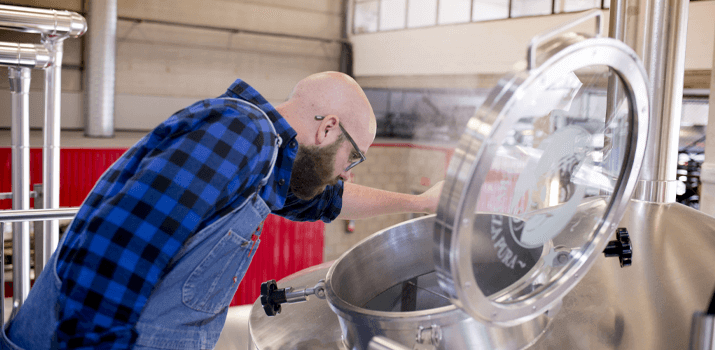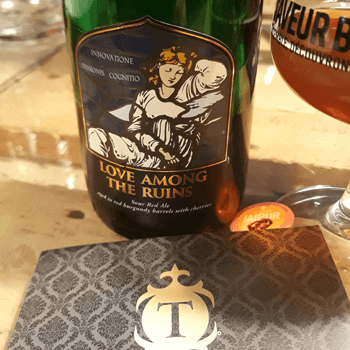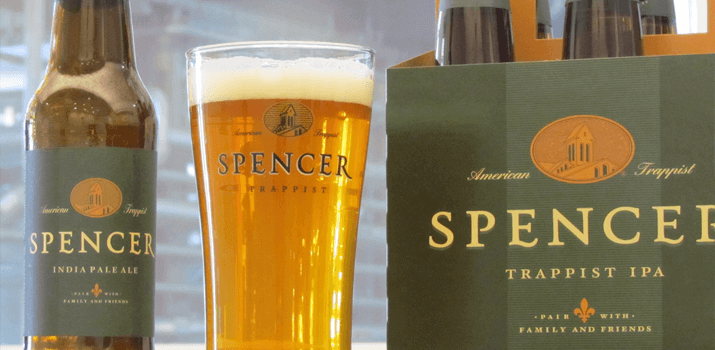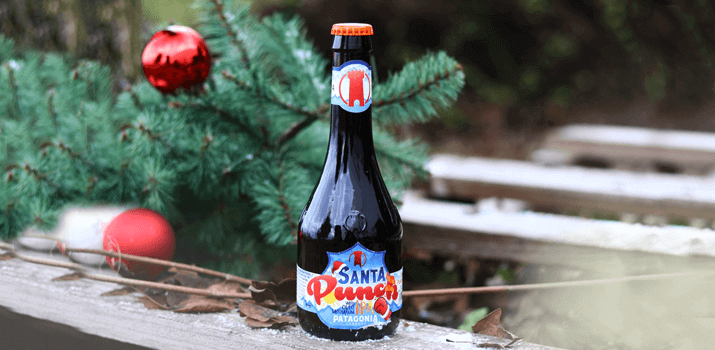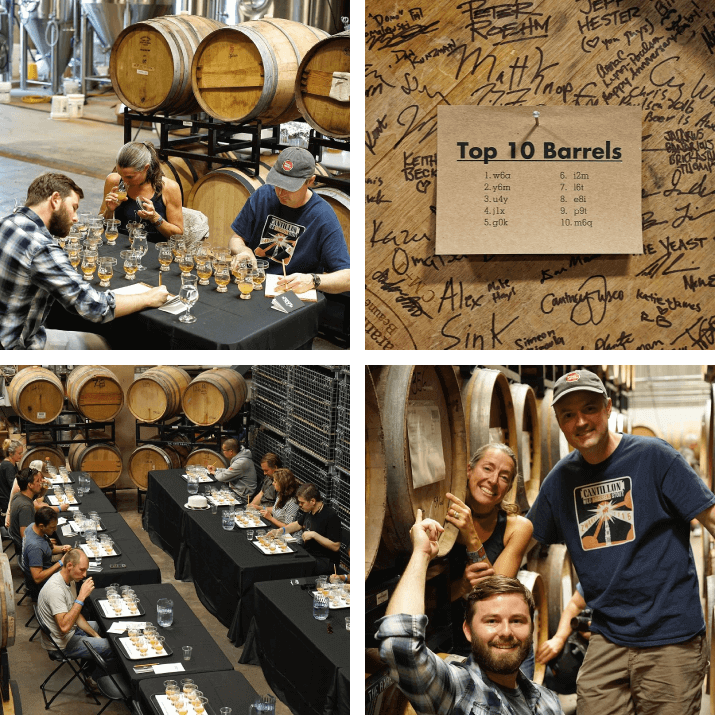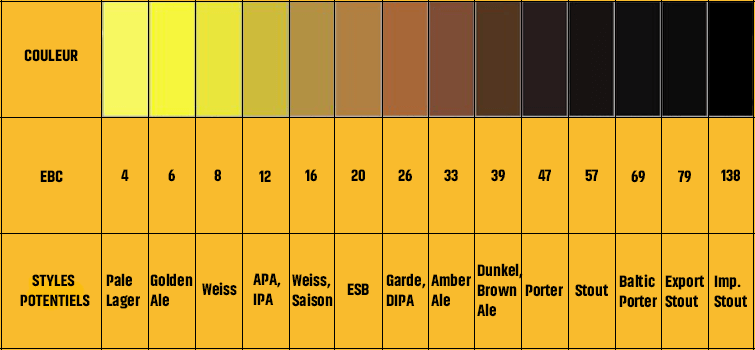
The colour of your beer can tell you a lot about how it’s going to taste. Pale blonde beer usually means a light beer full of straw and hay and light citrus hops, while chestnut colouring often means chewy, fruity, caramel flavours, and black beer denotes smooth, strong and bitter. But what is the science behind beer colouring and what can we learn from it?
Why are beers different colours?
Malts and hops contain natural organic chemicals called phenols. These are organic vegetable molecules that give a basic colour, which can vary from pale yellow to dark brown.
Beyond that, more significant colouring may occur as a result of caramelization and oxidation known as the Maillard Reaction. This basically involves burning the malt
Malting barley for brewing beer
Malting barley involves tricking the grain into thinking it’s springtime by soaking it in water. As the germination begins, enzymes convert the starch in the grain to sugars to give the seedling the energy to grow.
The maltster then stops the germination process to preserve the enzymes and the sugars so they can be used by the brewer. These malts are then roasted to alter the tast and give a different character to the beer.
How does roasting malt change the flavour?
The roasting phase is the last of the three stages that is carried out during barley malting, with temperatures ranging from 80 to 200°C depending on the type of malt produced (basic, caramelized or roasted malt).
Toasting the malts gives a more, err, toasted flavour. This is the Maillard reaction. The Maillard reaction starts around 60°C, but really gets going around 100°C.
The problem is that at these temperatures, the enzymes start to break down. That’s why you need at least some untoasted grains in a Stout, as they still contain the enzymes needed to convert the starch to sugars.
The Maillard reaction and brewing malt
The result of the Maillard reaction is melanoidins – brown-coloured polymers made of sugar and protein. These reactions happen during the roasting process after the barley is turned into malt.
The same reaction also takes place during the boiling stage of brewing. The Maillard Reaction fuses glucose sugar and amino acids.
Other compounds that affect beer colour
It isn’t just toasting malt that changes the beer colour. All vegetable materials naturally contain compounds called polyphenols also known as tannins. These polyphenols are colouring compounds found in large quantities in both malt and hops.
Oxidation – the same reaction that causes your car to rust - also plays a role in colour formation. Polyphenols, which play an antioxidant role in beer, can also react with oxygen to form red-brown components that remain in solution in your beer.
Rusty colour can also be the result of oxidization of ferric and copper salts – so it is actually rust in your beer. But don’t worry, it’s not harmful. In fact, it’s probably quite good for forming red blood cells. We did say ‘probably’.
Caramelization is another simple process that can colour your beer. It consists heating sugars above their melting point to temperatures ranging from 190 to 250°C.
This phenomenon is accentuated at the bottom of your brew kettle, especially if you heat it with a strong flame and don’t stir sufficiently.
Other factors: Other influencing factors may or may not be favourable to colouring.
Maybe you have noticed an EBC number next to each of our malts on our site. EBC stands for European Brewery Convention and it’s used as a measure of colour intensity.
The higher the EBC, the darker the beer. When you work out a recipe, you’ll often select different malts from different EBCs, just like different coloured paints.
To calculate the EBC colour of your beer after boiling, you will have to go back to your highschool math and apply Morey's formula (sorry we haven't found any other solutions). NOTE: This formula only works if your beer doesn't exceed 100 EBC.
For example for a recipe with a final brew volume of 5 litres, using 1.3kg Pilsen 3.5 EBC, 200g Munich 15 EBC, to calculate the colour, use the formula:
EBC = 2.9396 x(4.23 x (1.3x3.5 + 0.2 x 15)/ 5)0.6859 = 10.5 EBC
But as we have seen together, a large number of factors are involved in the formation of the final colour of a beer and may influence the final result.
After reading all this, (thanks for sticking with it to the bottom) we think you’ve earned a beer. One question tough: what colour ?
Discover informations about gruit beer.


